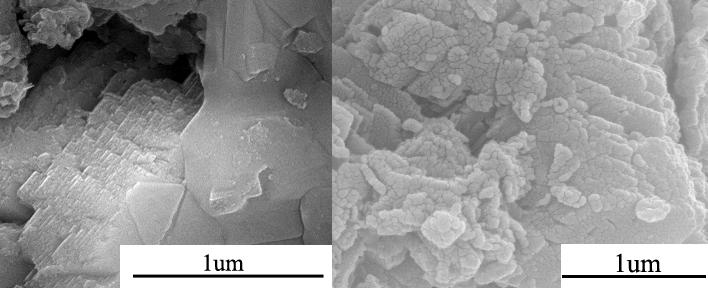
Fig. 5. SEM of OMNLR and calcined OMNLR at 480 ℃.
CHANG Dong-yin1, CHEN Tian-hu1, WU Xue-ping2, CHEN Dong1, LIU Hai-bo1, LI Jin-hu1
(1. School of Resources and Environmental Engineering, Hefei University of Technology, Hefei 230009, China;
2. School of Chemical Engineering, Hefei University of Technology, Hefei 230009, China)
Abstract: Ocean manganese nodule leaching residue (OMNLR) is a solid waste material derived from ocean manganese nodule after being extracted non-ferrous metals. The main mineral composition is rhodochrosite and quartz. Calcination treatment is a key step in preparing desulfurization sorbent. In this paper, the structural evolution of OMNLR under heat treatment was characterized by using XRD, TGA-DTA, SEM, TEM, BET-SSA, etc. The results show that OMNLR is mainly composed of rhodochrosite crystals. Calcined product remains rhombus false, but it results in a large number of reticular pores on the surface and increases of specific surface area because of decomposition and oxidation of rhodochrosite. The quality of OMNLR decreases during temperature increasing from 30 to 1000℃, and weight loss mainly occurs between 450℃ and 560℃. The rhodochrosite chiefly oxidizes to MnO2 between 450℃ and 500℃ by calcinating under air atmosphere, and MnO2 is changed into Mn2O3 and Mn3O4 with increasing calcination temperature up to 600℃. Desulfurization experiment indicates that the calcinate which is calcinated at 480℃ under air atmosphere has the highest desulfurization efficiency, which being 310mg S2-/(g·calcinate).
Key words: manganese nodule leaching residue; characterization; calcination temperature; desulfurization
Corresponding author: CHEN Tian-hu, E-mail: chentianhu168@vip.sina.com
ACTA MINERALOGICA SINICA Vol. 30, No. 4, 2010, Page 417-422